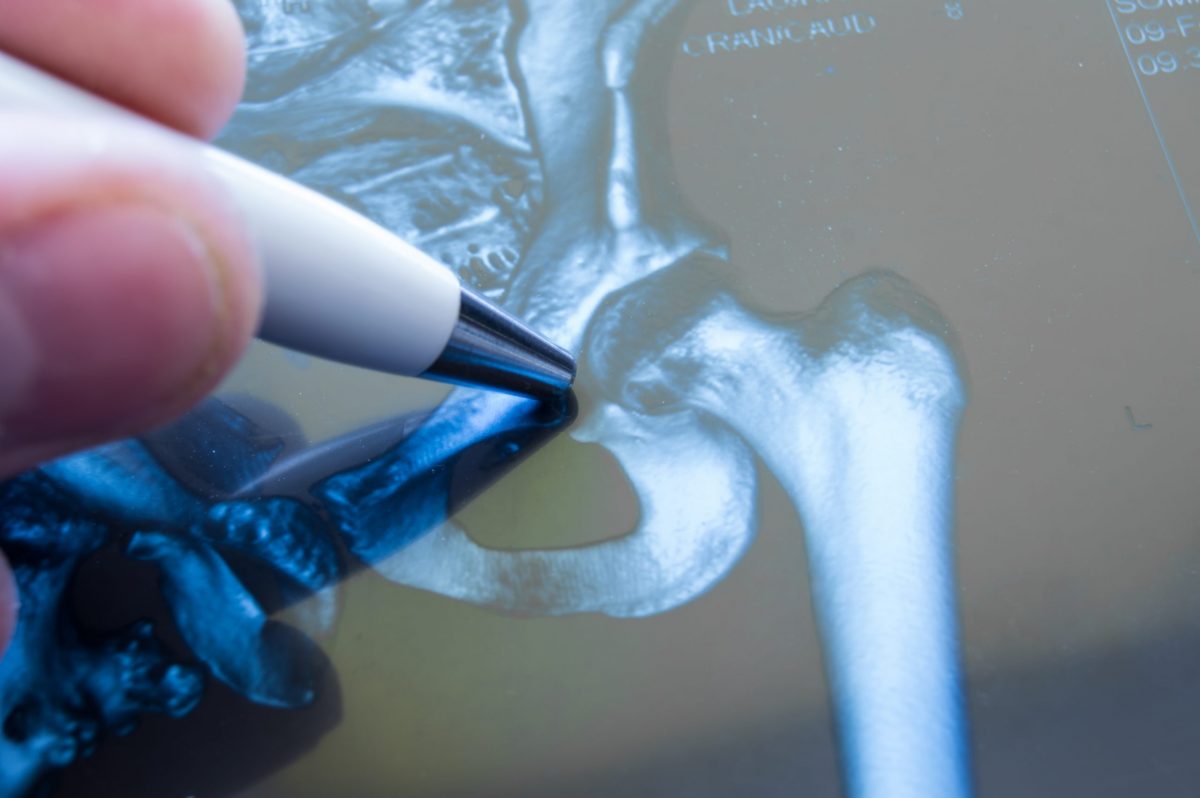What Total Hip Replacement Surgery Can Do for You
Even though hip replacements may sound scary or intimidating, they have one of the highest success rates of any operation and can drastically improve your quality of life. With modern-day technology and treatment options like anterior total hip replacement, you will be back to an active, healthy lifestyle in less time than you expect.
An anterior total hip replacement is an operation to replace a hip that has been damaged or worn down from years of use. The surgery entails a three to four-inch incision near the hip joint, where a surgeon carefully extracts the damaged portion of bone and cartilage. Then, they insert and secure an artificial hip made of metal, plastic, ceramic, or a mixture of those materials.
Compared to traditional methods of hip replacement, the direct anterior approach has numerous benefits, including:
- Minimal hospital and rehabilitation time
- Reduced muscle trauma
- Less pain and tissue trauma
- Decreased risk of hip dislocation
- Faster recovery time
Minimal Hospital and Rehabilitation Time
The surgery itself is relatively quick, lasting only about two hours. However, with postoperative recovery taken into account, the entire surgery process could end up being around three hours. Once the surgery is complete, patients typically only spend one day at the hospital or even leave the same day.
Amazingly, many patients can walk the day of, or day after their surgery. Accordingly, soon after the surgery, you can be released from the hospital with the ability to walk, climb stairs, and transfer weight. Once you get home, there are no significant modifications you need to make to support your healing processes, such as bathtub rails, a raised toilet seat, or extra railings by stairs.
Although patients who recently got a hip replacement can walk, they should not partake in excessive physical activity. The surgery is still a traumatic experience for your body that requires time to heal fully. In addition to time, we recommend physical therapy for ten to twelve weeks. After you complete your physical therapy, your hips will be back to their full range of motion, mobility, strength, and pain-free use.
Reduced Muscle and Tissue Trauma
Compared to traditional hip replacement methods, a direct anterior hip replacement results in much less muscle trauma. While conventional methods have to cut through muscles and tendons to replace the hip, a direct anterior approach spares the muscles surrounding the hip.





